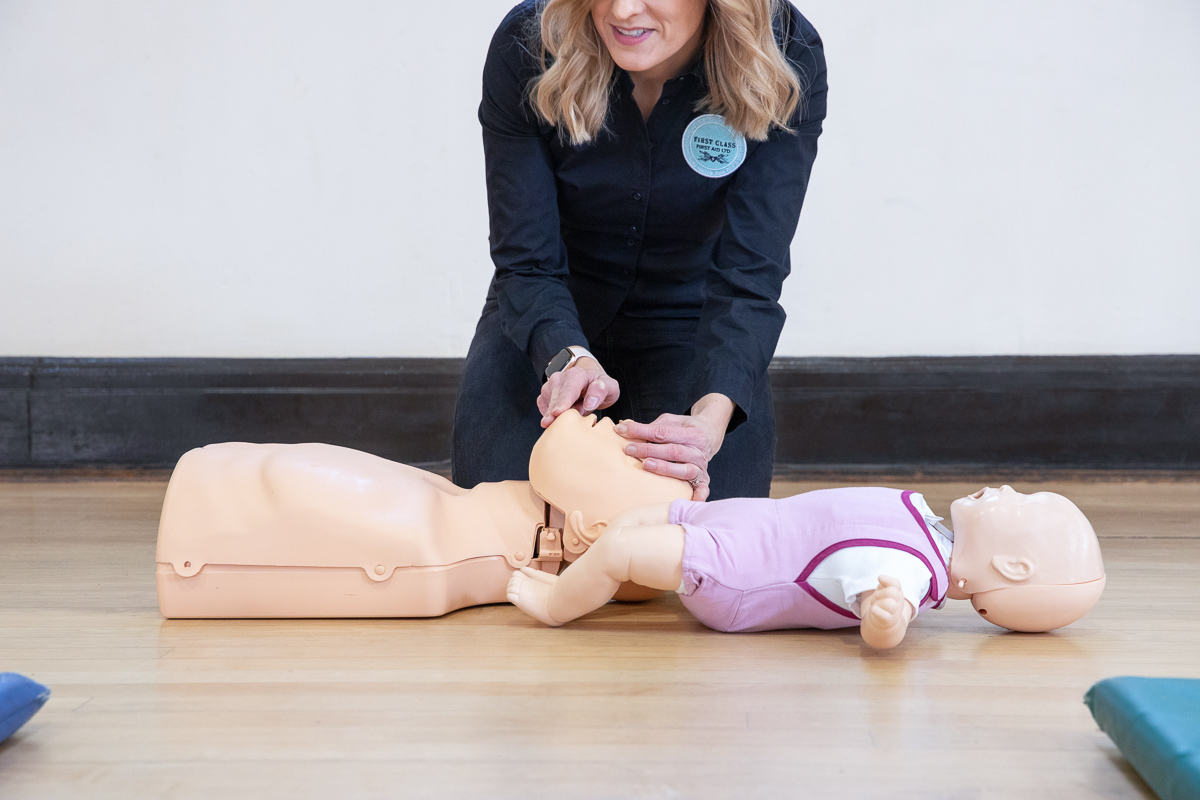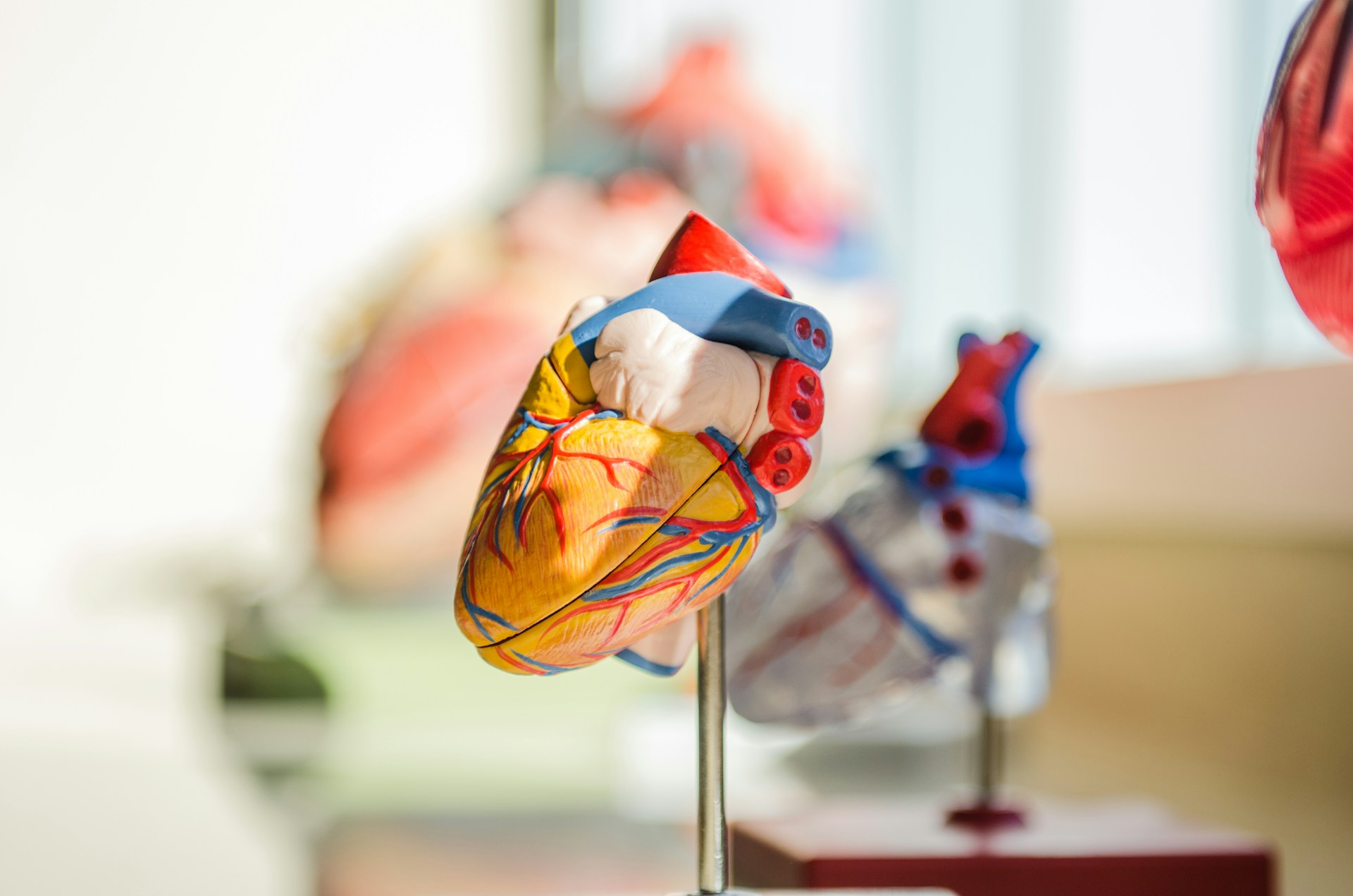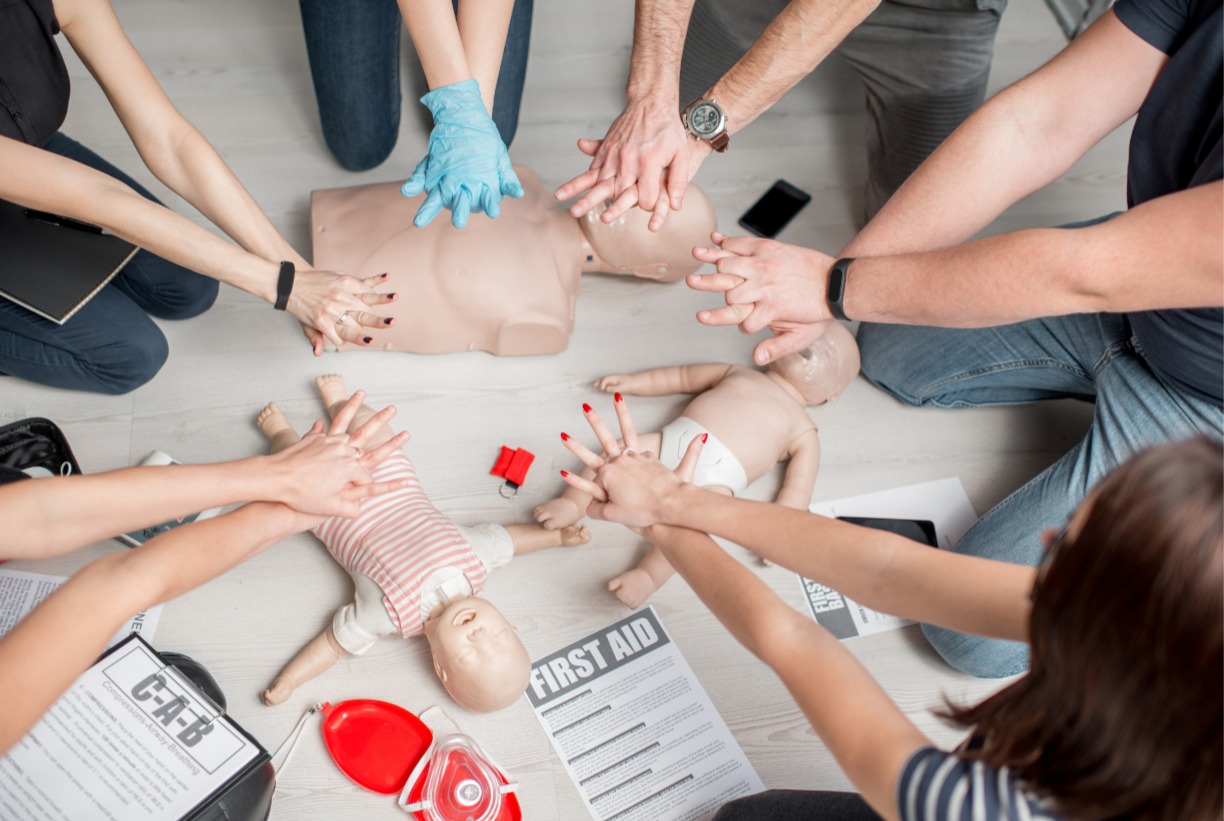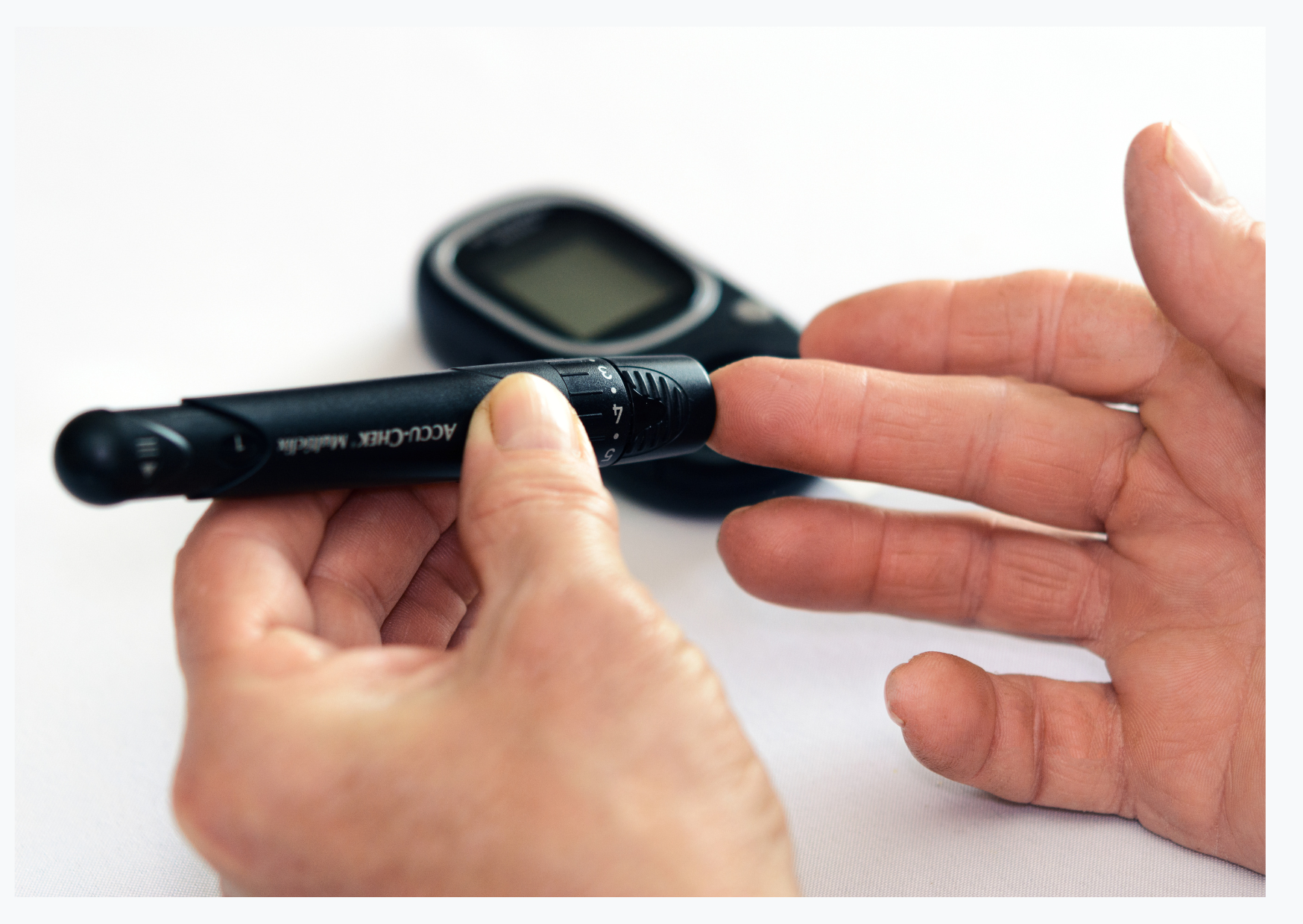Back-to-School First Aid: What Every Parent Should Know
With the new school year fast approaching, many families are busy sorting uniforms, stationery and routines. But one area that is often overlooked is first aid knowledge. Whether your child is starting reception or heading into secondary school, being prepared for common accidents and emergencies can make a real difference.
1. Understanding the School’s First Aid Provision
In the UK, schools are required under the Health and Safety (First Aid) Regulations 1981 to provide adequate and appropriate first aid arrangements. This means staff must have access to trained first aiders and properly stocked first aid kits. In Early Years settings, at least one person with a paediatric first aid qualification must be present at all times.
As a parent, it’s a good idea to familiarise yourself with your child’s school policy. Ask how injuries are recorded, who administers first aid, and how parents are contacted in the event of an accident.
2. Essential First Aid Skills for Parents
While schools have trained staff on hand, accidents often happen outside the classroom. In fact, 80% of incidents happen in the home. Parents should feel confident in dealing with the most common childhood emergencies, such as:
- Burns and scalds – Cool the area under cool running water for at least 20 minutes. Remove jewellery or clothing near the burn, and never use ice, creams or oils. More information on burns and scalds can be found here: Treating Burns
- Head bumps – Apply a cold compress for short periods in the first few days and monitor closely. If there is loss of consciousness, repeated vomiting, headaches, confusion or drowsiness, seek medical help straight away.
Parents should also be prepared for more significant events, which are less common in children but vital to know how to deal with:
- Choking – Give up to five firm back blows between the shoulder blades. If the obstruction remains, follow with up to five abdominal thrusts (for children over one year). Always call 999 if the blockage does not clear. More information on choking can be found here: What to do if Someone is Choking
- CPR – If a child is unresponsive and not breathing, call 999 and begin CPR immediately. For children, give 5 breaths initially and then begin a rotation of 30 chest compressions followed by two rescue breaths. More information on CPR can be found here: Your Guide to CPR
3. A Simple First Aid Kit for Families
Even though schools provide their own kits, it’s useful to keep a small child-friendly first aid kit at home or in the car. Essentials include plasters, sterile wipes and bandages. A digital thermometer and instant cold packs are also handy extras to include. This ensures you’re ready to deal with everyday bumps and scrapes.
4. Keeping Calm in an Emergency
Children often take their cues from adults. If your child is injured, staying calm and speaking reassuringly will help them feel safe. Explain what you’re doing in simple terms, and if emergency help is needed, involve your child in the process – this can reduce fear and build their own understanding of first aid.
5. Making First Aid Part of Everyday Life
Since 2020, basic first aid has been included in the PSHE curriculum, meaning children will learn how to respond to common injuries, and older pupils will cover CPR and defibrillator awareness. Parents can reinforce this learning at home by discussing simple scenarios, practising basic skills and encouraging children to be aware of their own safety.
If you’d like to chat about how first aid training could help you feel more confident as a parent or to support your team, I’d be happy to talk it through. Just get in touch on 01603 336329 or send an enquiry: First Class First Aid Courses and Classes in Norfolk





